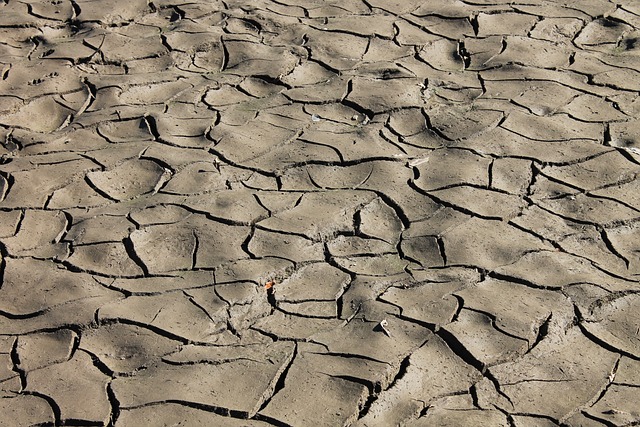Soil erosion is a pressing environmental concern since the 1930s, with the advent of farming larger tracts of land with fuel-powered equipment, such as tractors, instead of horses or oxen. Loss of topsoil not only affects agricultural productivity but also impacts water quality, biodiversity, and ecosystem stability. In this article, we will delve into soil erosion and conservation techniques, focusing on a science fair project that aims to study and evaluate various methods for stopping or slowing down soil erosion. This hands-on project is directed around providing students in middle school grades (6-8) to understand the damaging effects of erosion and explore potential solutions.
Understanding Soil Erosion

Soil erosion occurs when the top layer of fertile soil is displaced by anything that can cause the movement of the soil. It is a natural process, but various factors, including deforestation, improper land management, and climate change, have accelerated erosion rates worldwide. Once soil erosion gains momentum, it becomes a vicious cycle, degrading the quality of soil, impeding plant growth, and compromising the delicate balance of ecosystems.
The Importance of Soil Conservation
Effective soil conservation techniques are crucial to prevent soil erosion and preserve the integrity of our ecosystems. These techniques aim to retain soil in its place, allowing vegetation to thrive and protecting water bodies from sedimentation. By implementing proper soil conservation measures, we can safeguard our natural resources, bolster agricultural sustainability, and minimize the detrimental impact of erosion on the environment.
Science Fair Project
Testing Soil Erosion and Conservation Techniques: The objective of this science fair project is to investigate the various methods used to mitigate soil erosion and evaluate their effectiveness. By simulating erosion scenarios, students can gain a comprehensive understanding of the impact of specific techniques on soil conservation.
Materials Required
- Sloping table or board
- Soil samples from different land areas (e.g., garden soil, forest soil, agricultural soil)
- Water
- Wooden blocks or barriers
- Measuring cups
- Stopwatch
- Ruler
Procedure
- Set up the sloping table or board at an angle, making sure it is secure and stable.
- Divide the surface of the table into sections corresponding to different soil types you want to test.
- Place the wooden blocks or barriers at the bottom of the table to collect any soil that is eroded.
- Pour a specific amount of water onto each section of soil and start the stopwatch.
- Observe and record the time it takes for visible erosion to occur in each soil type.
- Repeat the experiment multiple times to ensure accurate results.
- Analyze the erosion rates and identify which soil type is most prone to erosion.
- Introduce different conservation techniques, such as terracing, contour plowing, or planting cover crops, to the respective soil sections.
- Repeat the experiment with the implemented conservation measures and document the findings.
Expected Results
The experiment is expected to reveal varying erosion rates for each soil type, thereby establishing which soil is most susceptible to erosion. Additionally, once conservation techniques are introduced, the erosion rates should significantly decrease, demonstrating the effectiveness of these measures in mitigating soil erosion.
Analysis and Discussion
Upon analyzing the results, students can gain insights into the importance of proper soil management techniques. They will observe that some soils, such as forest soil, retain water and demonstrate less erosion due to the presence of trees and their root systems. Comparatively, soils with minimal vegetation, like agricultural soil or bare garden soil, are prone to erosion.
Through the introduction of conservation techniques, students can witness the positive impact of these methods on erosion reduction. Terracing, for instance, involves creating stepped levels on sloping land to slow down water runoff, thereby minimizing erosion. Cover crops, planted in between cash crops, can provide soil cover, hold moisture, and prevent soil erosion.
Expanding the Experiment
To enhance the project, students can incorporate additional variables such as rainfall intensity, different types of vegetation, or erosion rates in response to human activities, such as deforestation or construction.
The science fair project on soil erosion and conservation techniques offers students a hands-on opportunity to understand and address an important environmental issue. By actively engaging in experimentation and analysis, students can witness the detrimental effects of erosion and explore practical solutions. This project nurtures their scientific curiosity and emphasizes the significance of responsible land management to ensure a sustainable future.
My final thoughts
As young scientists delve into this project and explore soil erosion and conservation techniques, they are cultivating a sense of environmental stewardship. By advocating for proper soil conservation measures, students contribute towards the protection of our precious natural resources, highlighting the importance of preserving the delicate balance of ecosystems for generations to come.
